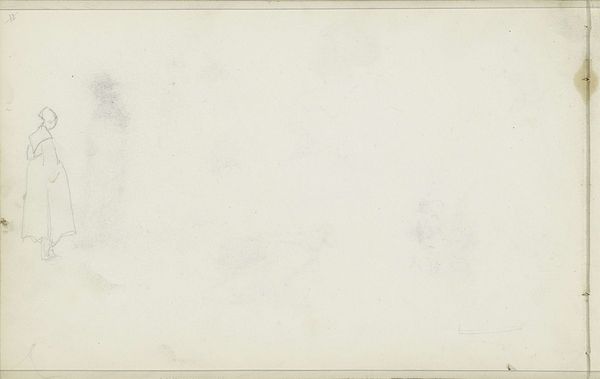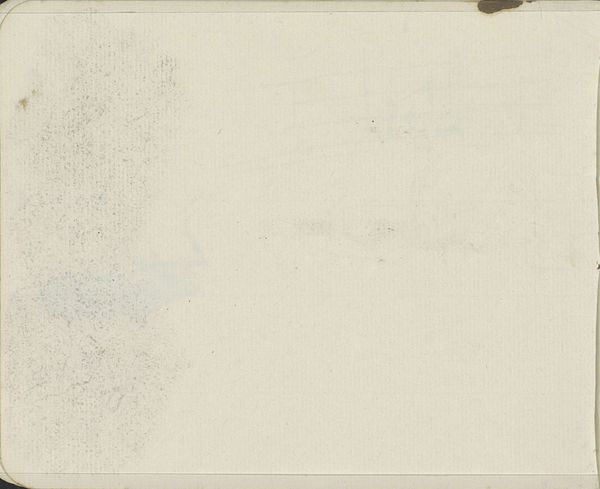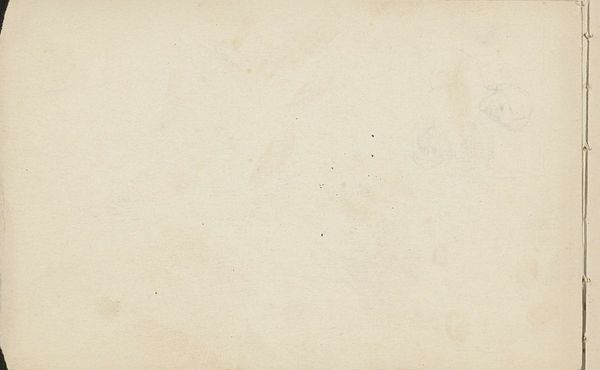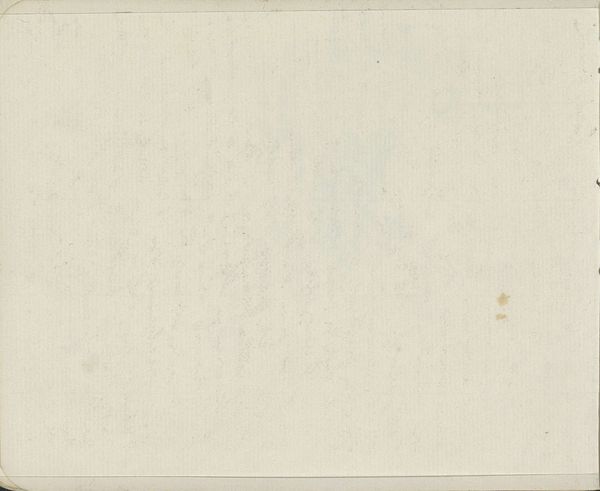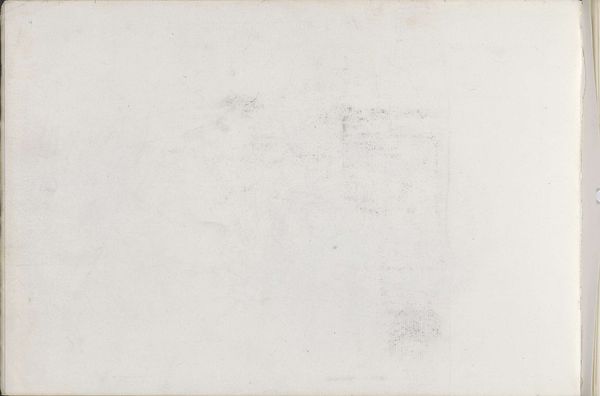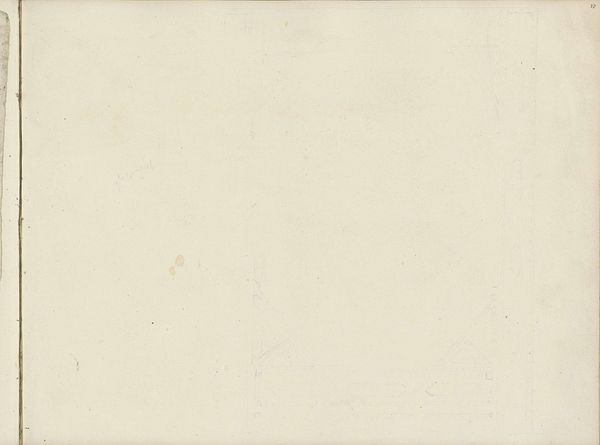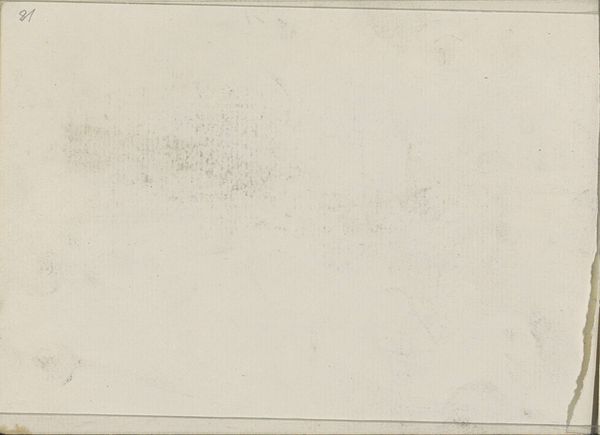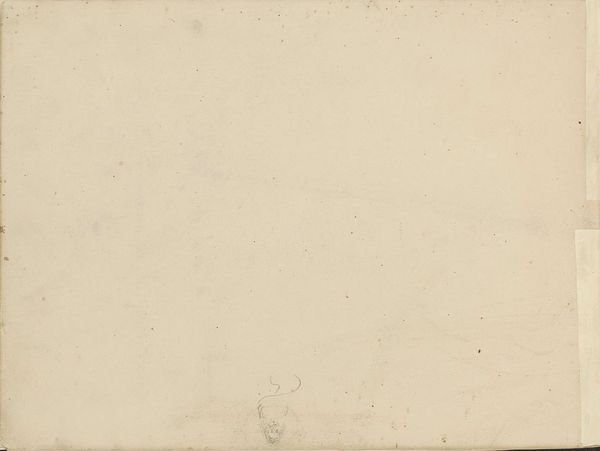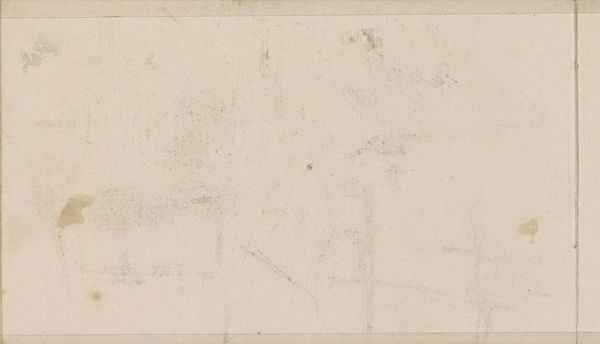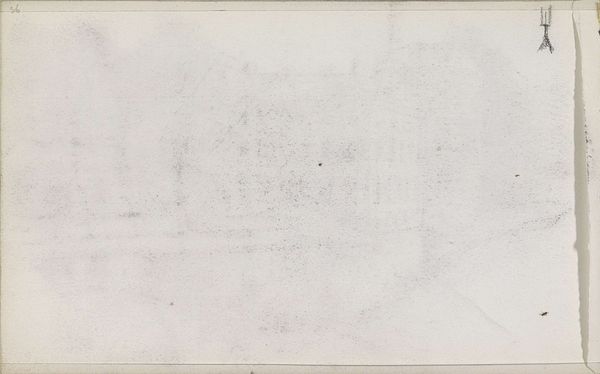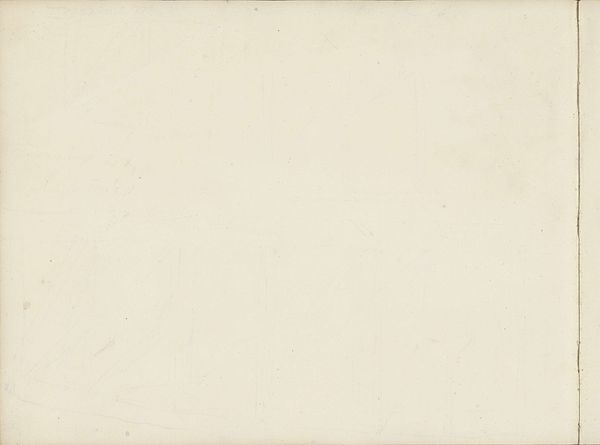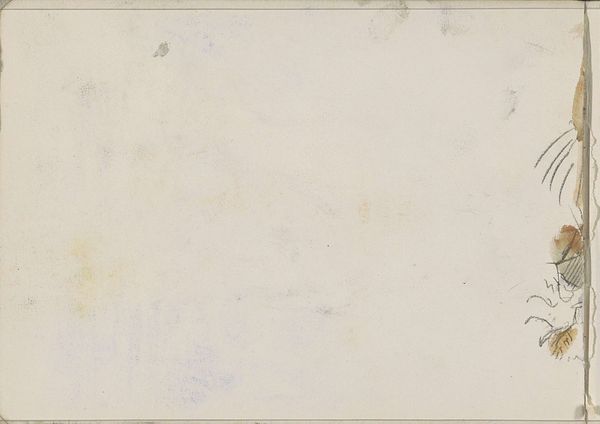
drawing, paper, ink, pencil
drawing
medieval
ink paper printed
landscape
figuration
paper
form
ink
ink drawing experimentation
pen-ink sketch
pencil
line
Copyright: Rijks Museum: Open Domain
Curator: Pierre Joseph Hubert Cuypers gifted us with this sketch, "Maaswerk en een altaar," circa 1850. It's an ink drawing, somewhat faded, on paper. Editor: My first impression? There's a ghostliness to it. An ethereal quality that speaks to memory, perhaps even loss, amplified by the fragile lines and almost blank page. Curator: Absolutely. The faintness underscores its symbolic potential. Note how the tracery, though skeletal, echoes the yearning for divine order, for that celestial architecture reflected in earthly spaces. This symbolism is deeply rooted in the visual language of faith. Editor: And whose access did the real physical construction of such churches depend on? Those lofty cathedrals spoke volumes about hierarchy and power as much as about faith, literally built upon the backs of laborers and often through wealth extracted from vulnerable populations. Can we separate the aesthetic appreciation from the socio-political context that shaped it? Curator: The architecture here transcends any single power structure. Gothic tracery itself speaks of intricate systems of symbolic relationships. It's about the harmony between the earthly and the divine, manifested in complex geometries. Editor: I concede the visual harmony. Yet, consider the societal implications – the enforcement of religious doctrines, often weaponized against marginalized groups. Can we celebrate the visual and ignore the lived experiences intertwined with it? For whom does it symbolize hope and for whom oppression? Curator: It is about acknowledging a duality, isn’t it? Art like this isn’t a simplistic symbol; it's a layering of histories, intentions, and effects. A repository of cultural meaning, and that’s exactly the place that such symbols take on their continuing interest. Editor: Precisely. Its ambiguities and layers allow us to reflect not only on historical aesthetics, but on their continued impact on the present. It reminds me how crucial it is that we continue interrogating these historical symbols.
Comments
No comments
Be the first to comment and join the conversation on the ultimate creative platform.
